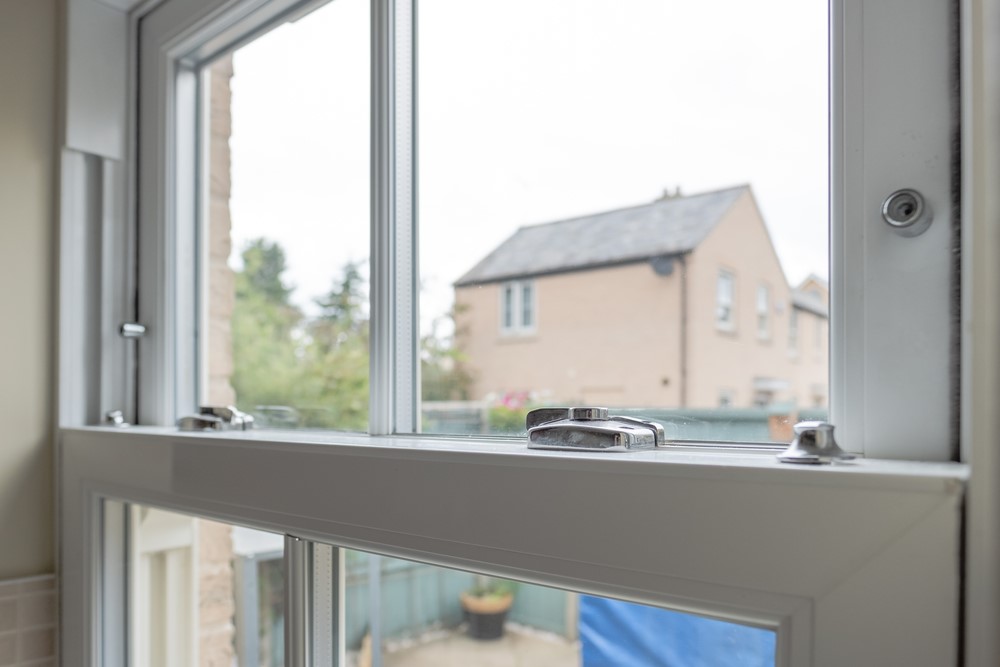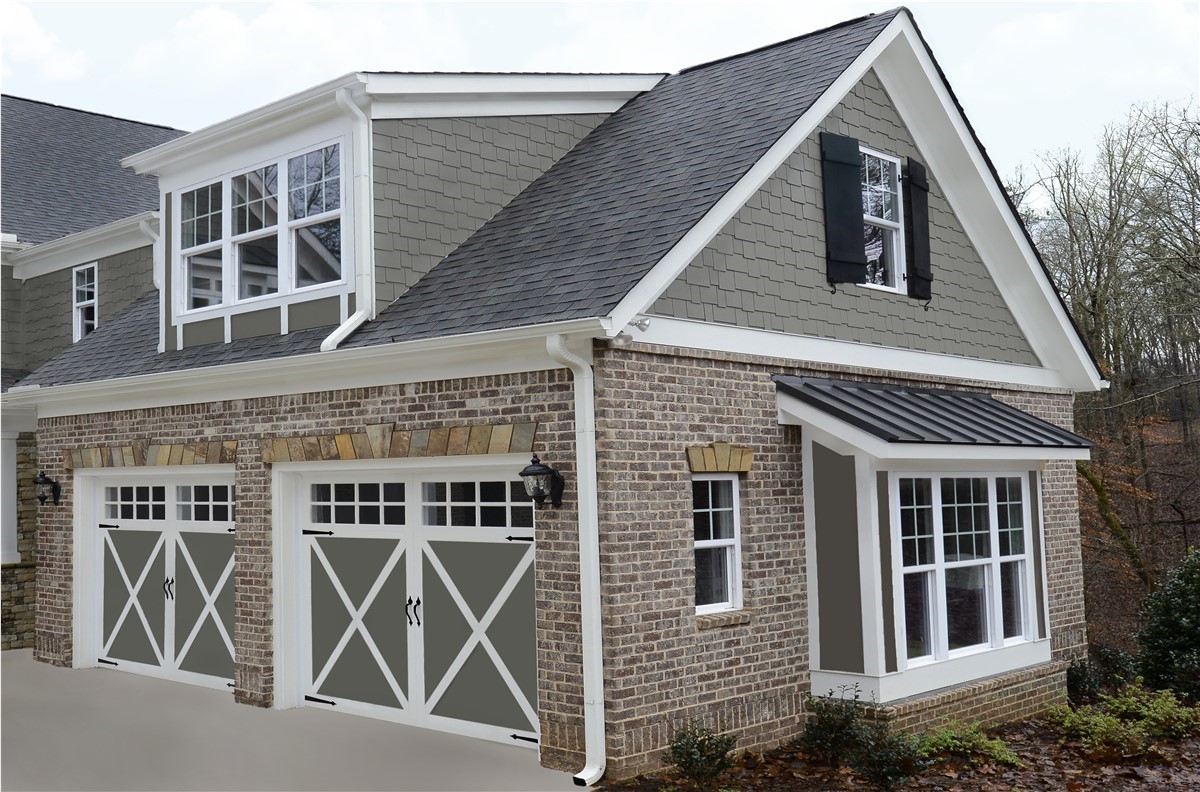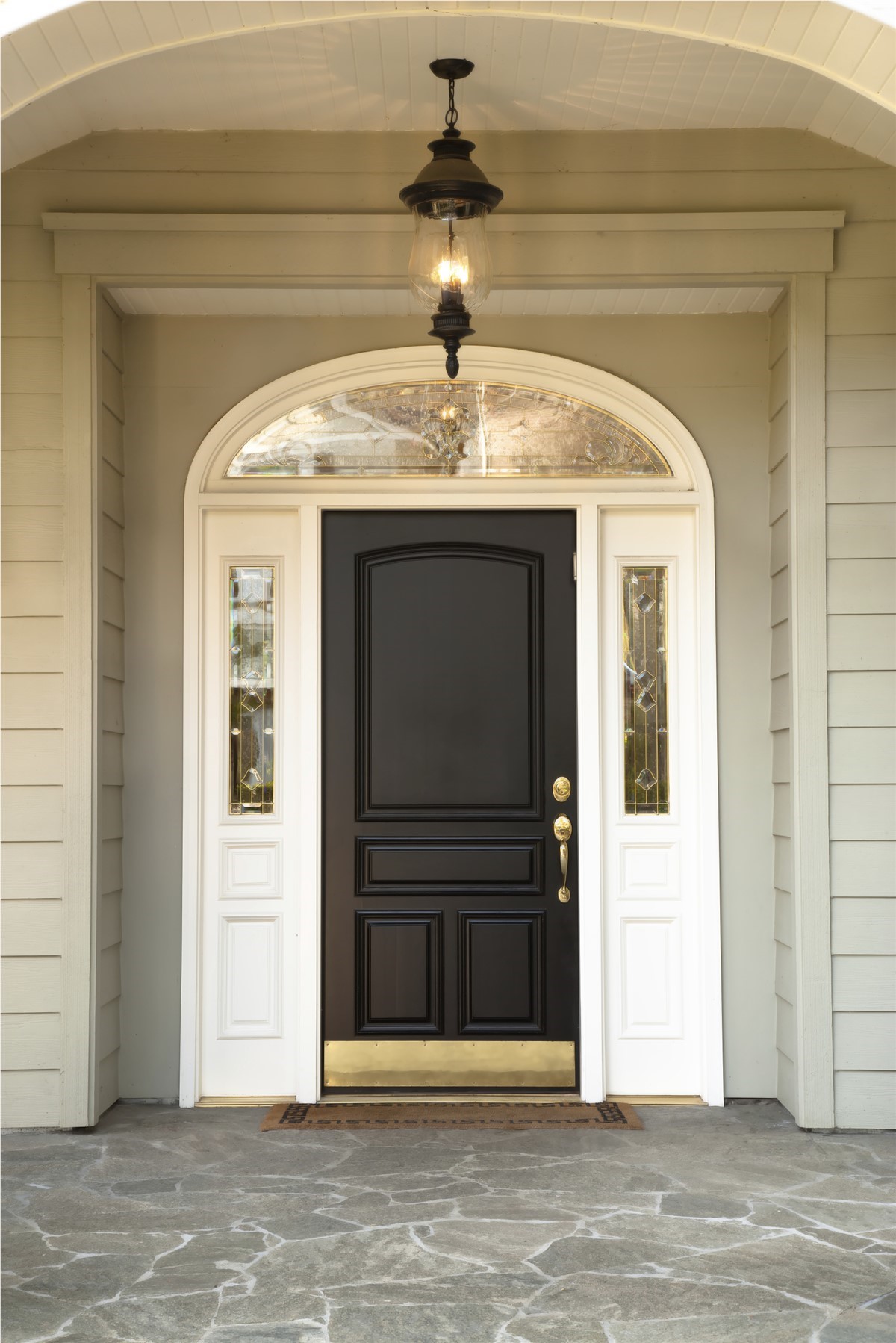The look of the outside of your home is extremely important. The home’s exterior gives owners something to be proud of and something to add to the overall feel of the surrounding community. Indeed, the right siding can even make or break your home, as prospective buyers judge the value of your home on its curb appeal, including the appearance of its siding.
If you’re looking to side or reside your home, you’ll want to know the impact it will have on your wallet. So what goes into siding cost? That depends on several factors, which we’ll discuss here.
Siding Materials
The materials used for your home’s siding are among the key players in determining cost and quality. Three major types of exterior home siding include basic vinyl, insulated vinyl and fiber cement, each with different upfront prices and attributes.
Over 30% of homes in the US have vinyl siding, according to QualitySmith. Basic vinyl siding, made of PVC plastic, can mimic the appearance of wood and other materials and has the lowest price of all popular siding options. When all is said and done, basic vinyl may even result in a 73% return on investment.
Insulated vinyl siding incorporates the addition of polystyrene foam backing. Foam provides extra insulation, maintaining a home’s internal temperature. And while insulated vinyl keeps heat in, it also keeps mold and mildew out by letting water vapor escape. Insulated vinyl has midline pricing and occupants benefit from a 72% return on investment and from long-term savings of lower energy bills due to improved insulation. Fiber cement siding is top-of-the-line and is the most cost-effective home project, according to Remodeling Magazine. It’s made from a mix of sand, cement and cellulose, is extremely durable, and can be painted before or after installation. Given its supreme quality, fiber cement house siding is the most expensive. Regardless of its initial cost, however, fiber cement pays you back with a 79% return on investment.Maintenance and Lifetime
Each of these materials fare differently in terms of required upkeep and how long they last. Repairs and replacement affect the overall lifetime and cost of siding. Vinyl, insulated vinyl and fiber cement all require relatively little maintenance.
Vinyl siding doesn’t require painting and cleaning it is as simple as turning on the hose. However, basic vinyl may crack in harsh weather, dent when struck by debris, or expand and contract during temperature extremes. Individual panels may need to be professionally repaired or replaced, incurring extra expenses for homeowners and decreasing the material’s lifetime. Insulated vinyl avoids most of these pitfalls, costing less and lasting longer as a result. It’s more resistant, as the strength from the foam backing prevents debris damage and warping due to temperature variations.
Fiber cement is the most worry-free material, designed to last long. Major repairs are practically never needed, as fiber cement has a high impact resistance. Temperature variations don’t result in warping and moisture doesn’t make it rot, so homeowners don’t incur the expenses of mold removal or panel replacement. Owners might consider the minor expense of repainting; however fiber cement can last up to 50 years. Project DetailsMaterials aside, the specifics of what’s being sided also come into play. Home siding is often more than just four exterior walls. You’ve also got to consider any trim work, how siding will be applied to the home’s details and other specifics.
Simple homes will require a straightforward application of siding, while unique homes require more TLC. Smaller homes require less siding and rarely have major details to worry about. Large homes, however, are more expensive to side due to home diameter and/or how many stories the structure has (usually 2 or 3). Homes with extravagant turrets will require more complex cuts of the materials, accent trim and precise installation. If the different stories of your home will be sided in different colors or materials, expect price fluctuations there as well. Also, do you need a pro to remove the old siding first? This too will influence the cost of installation.
Siding Installer and Warranty
Looking at the project as a whole, make sure you know how you’ll be protected over time. If any of the aforementioned maintenance is required, you’ll want to be covered to at least some degree. Different siding options vary in terms of product warranty, both from the manufacturer and from the installer, so keep this in mind when choosing a material and the company doing the work. Certified installers are proven to do the job correctly; this combined with enhanced protection means better value in the long run. For instance, according to the DIY Network, some fiber cement house siding comes with a 30-year manufacturer’s warranty. However, if your installer is guaranteed and issues its own company warranty, like Legacy does, the siding could be guaranteed to be maintained for life.
Everything from upfront material costs to product maintenance to the intricacy of your project will have some sort of impact on what you pay for new exterior home siding. When siding your home, try to look at the entire scope of the project, as one material may be less expensive but will cost more in upkeep or not have the best warranty. Keeping such aspects in mind, you’ll find the right siding to meet your needs and have a home to be proud of!
Subscribe to Legacy Remodeling's Blog











Comments